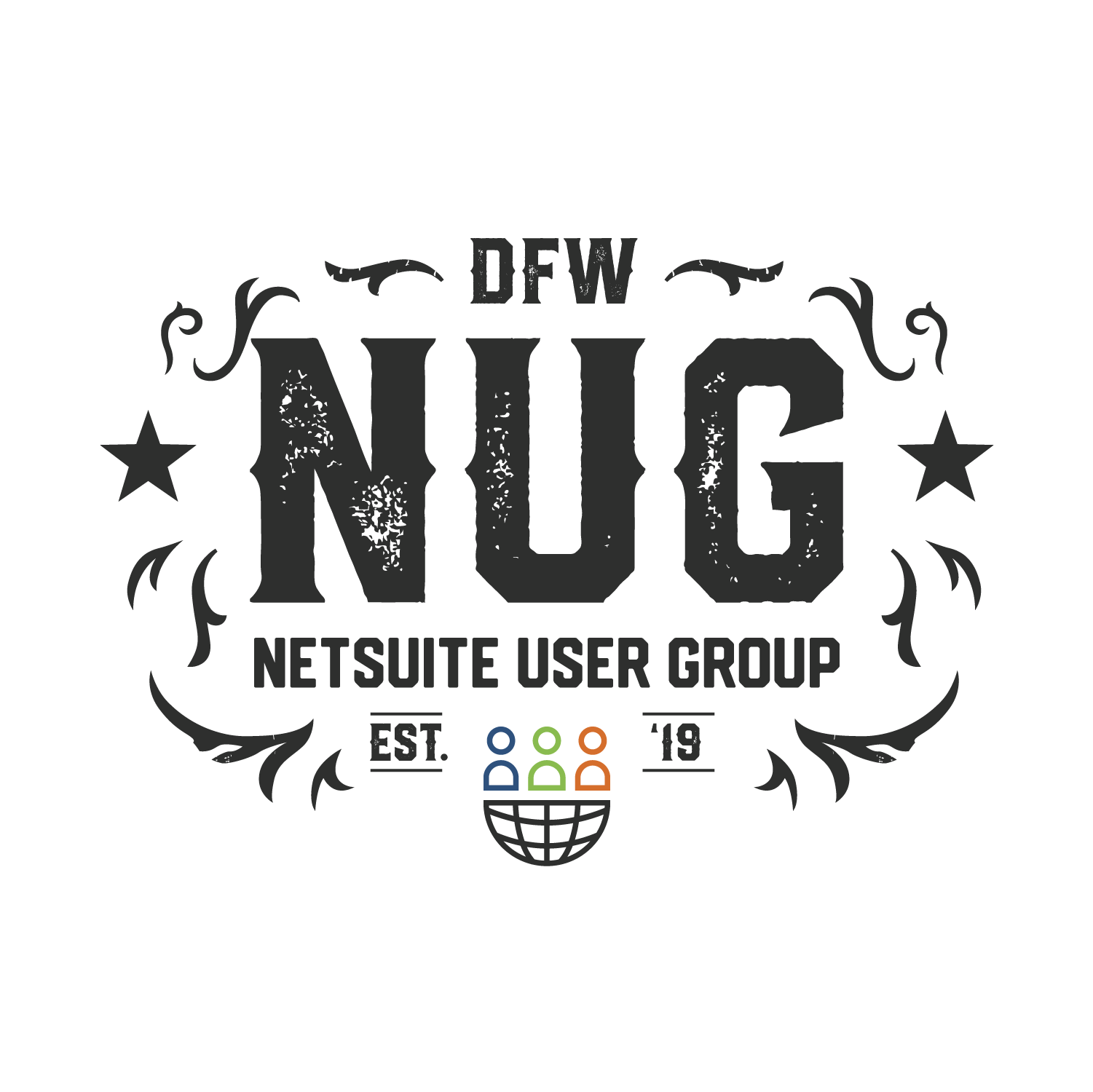Several weeks ago, we shared an article that discussed how cloud computing can be advantageous for small to medium sized businesses (SMBs). Benefits of cloud computing to SMBs include economic leverage, organizational simplicity, ease of legacy data conversion, service security, and system reliability. If you would like to read our full article, SMB and the Cloud – A Perfect Marriage?, you can click here. So perhaps you see the value in these benefits and have decided to go ahead with a cloud solution for your business. What are your next steps?
In a recent article on www.techgoondu.com, Aaron Tan offers five tips for SMBs that are considering a move to the cloud. Today we would like to share Tan’s five useful suggestions.
Define Your Needs
Tan’s first bit of advice for SMBs is: define what you want to achieve with a cloud implementation. While you may have done extensive research on cloud computing and see the benefits, business leaders should outline the goals of the company and how you hope moving to the cloud will help your company reach those goals. By first clearly defining your business needs and aspirations, you can decide what type of cloud solution is best suited for your company.
Choose the Right Service Provider
Choosing the right cloud service provider can make or break your implementation. What you require from your cloud service provider will vary depending on what type of business you have and what your needs may be. However all companies will benefit from looking at a service providers reputation and offerings in the areas of performance, support, and security. Other things to consider include data center physical infrastructure, the degree of quality assurance offered to the customer, and interoperability among other things.
Back Up and Secure Your Data
The third tip offered in Tan’s article involves backing up and securing your data. Backing up data is not a new concept to most companies. Making a move to a cloud based system shouldn’t change that. Many cloud service providers allow customers to export data to use for a restore if necessary. Tan also suggests companies employ “cloud-based data loss protection (DLP) technology that takes digital fingerprints of data in the cloud. So, if someone tries to download, copy and paste, or e-mail confidential data, DLP technology will recognize the fingerprinted data as sensitive, and takes action to prevent misuse.”
Consider Data Integration
If you have legacy data that you wish to integrate with your cloud service, this is something you should discuss with your chosen cloud service provider in the early stages of your implementation. One of the great things about moving to a cloud based platform for a SMB is that the amount of legacy data is relatively small compared to larger companies so integrating that data is not an insurmountable task.
Plan Your Deployment
This may sound like it goes without saying, but proper planning and preparation for a cloud implementation will be a large factor in the implementation’s success. This planning stage not only prepares your business for the changes it will face, but will also help to avoid costly or time consuming issues.
If you are a SMB that is ready to make the move to the cloud, The Vested Group can be a great asset to your company. Not only can we answer all of your questions about cloud computing, but we can address these five tips and more in what we call Phase Zero. Get in touch with The Vested Group today to schedule a demo or hear more about what we can do for your business.





